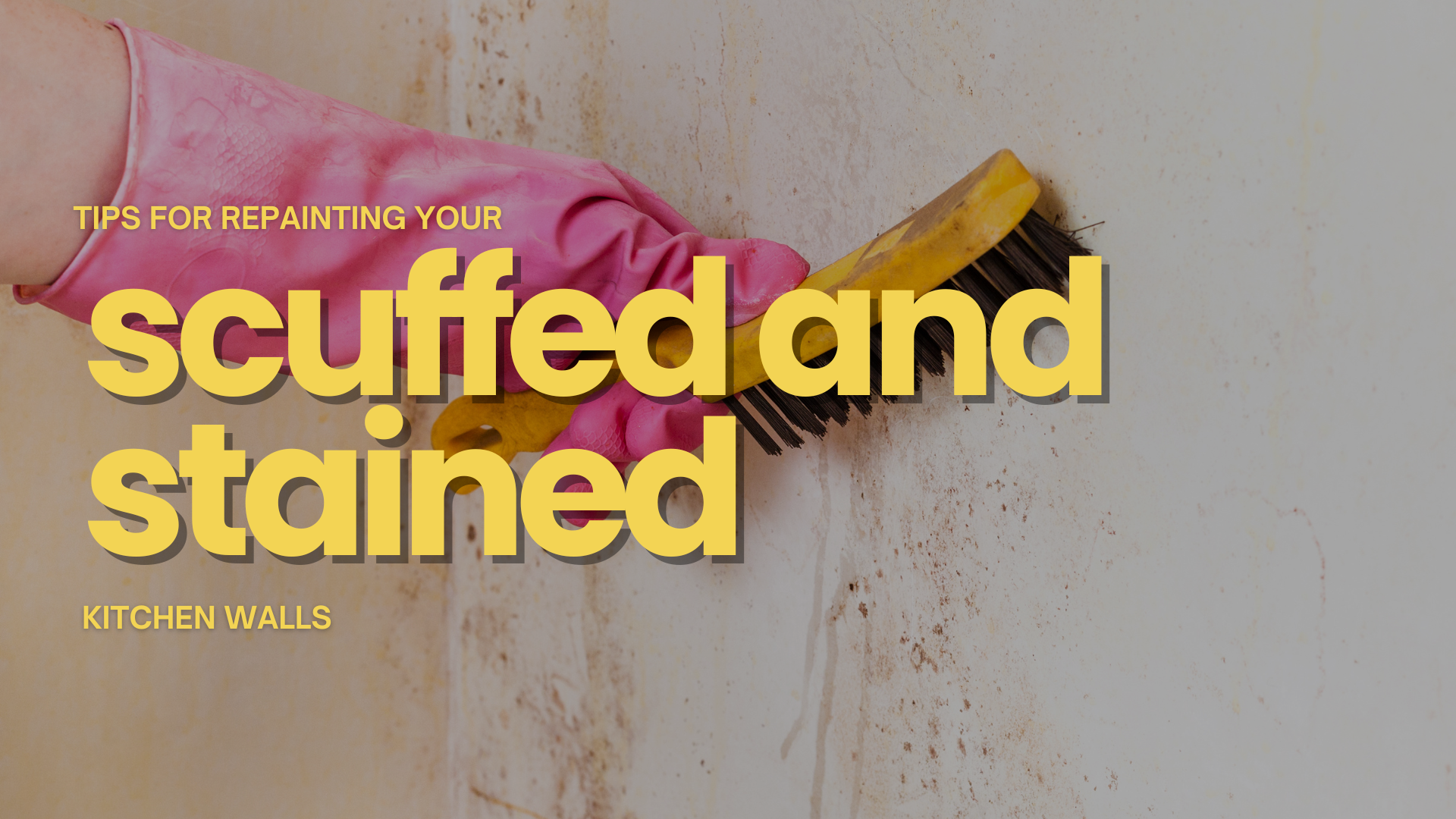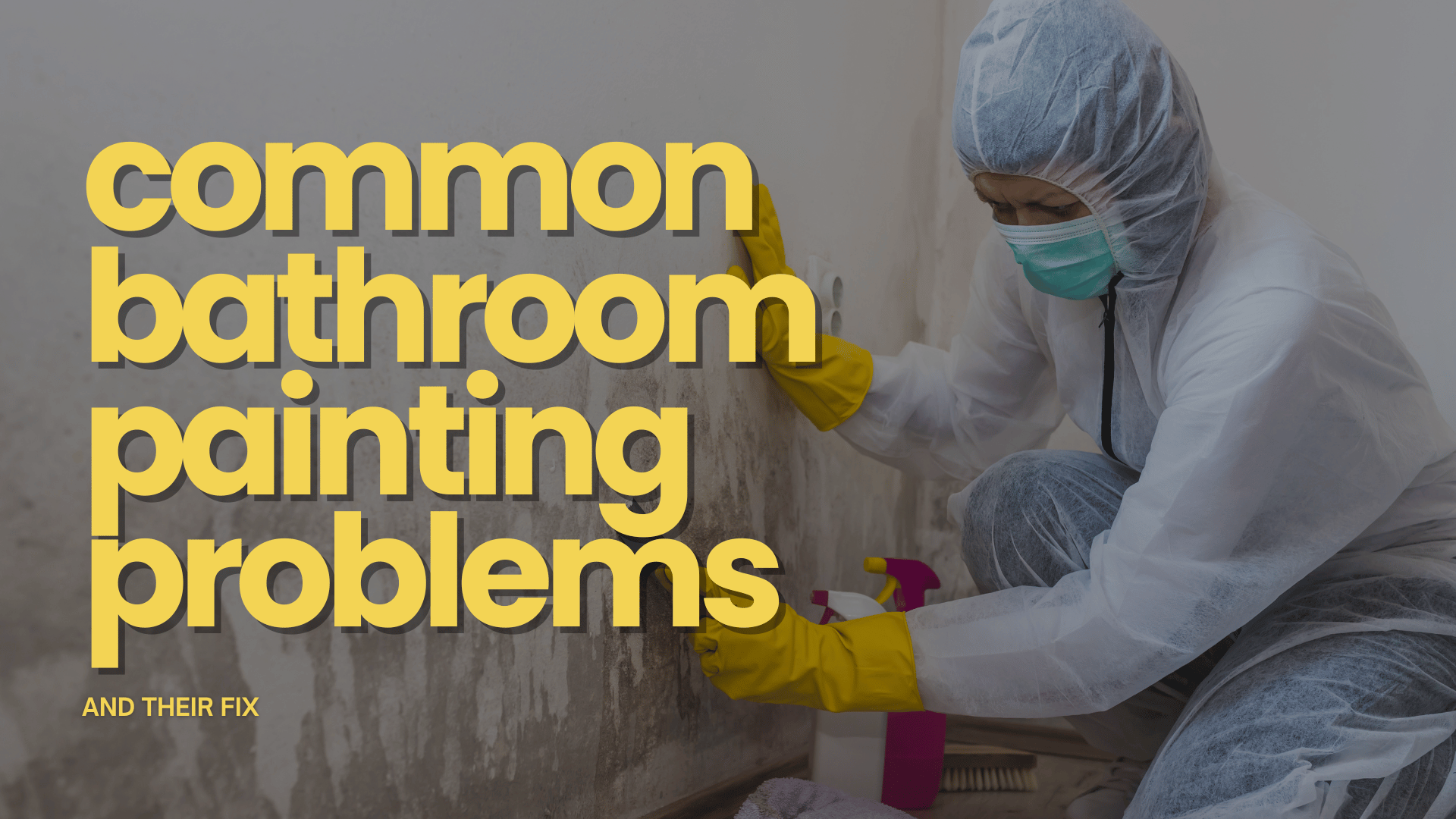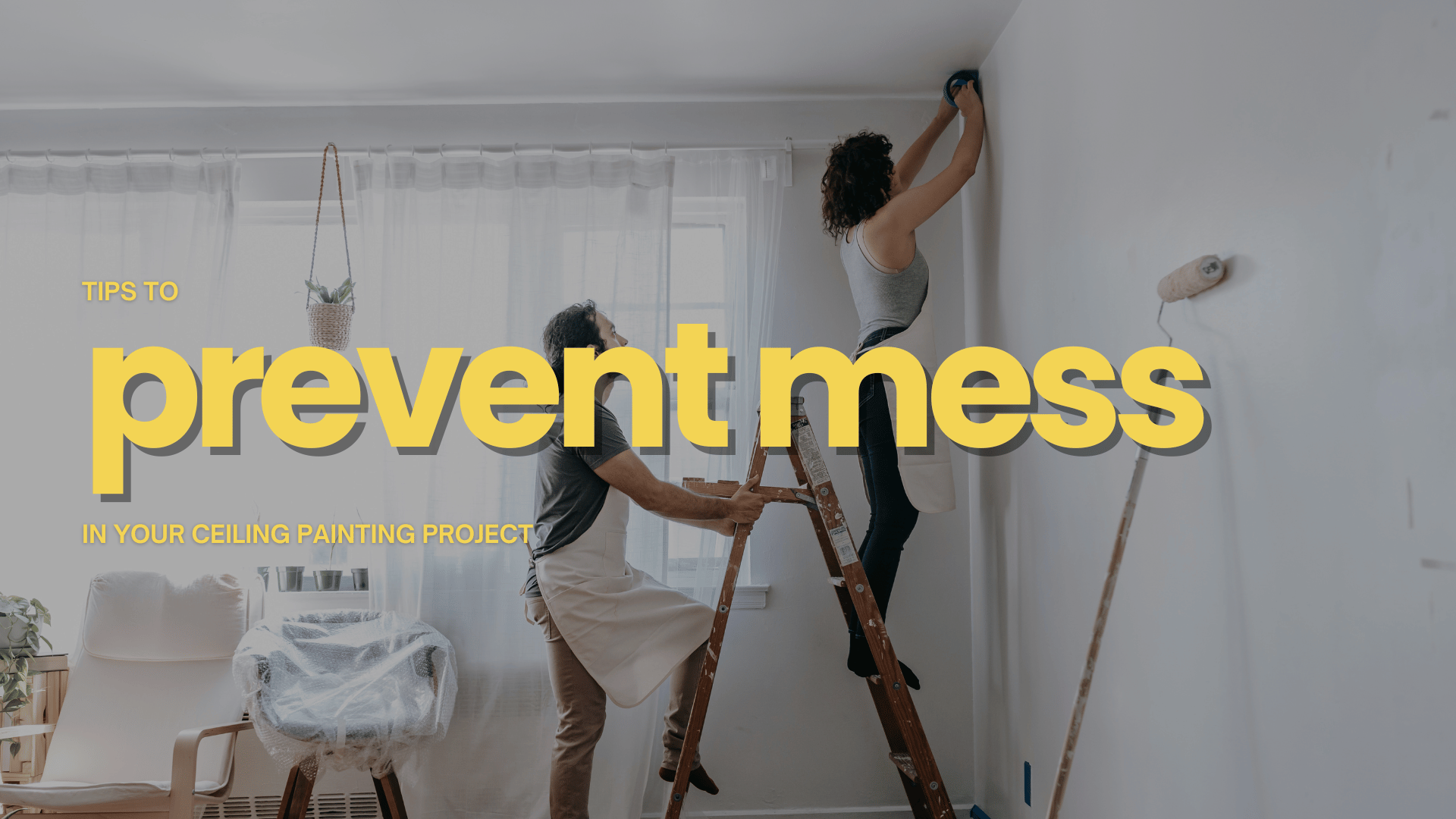Since our roof is our home’s first line of defense, it naturally acquires all kinds of damage over time.
An element that inevitably bears the brunt of this damage is the paint, which if left untreated, could run the risk for a more expensive repair.
So, if you’re currently looking to fix the damages on your roof and cover it up with a fresh coat of paint, here’s something to help you navigate your upcoming project!
Check out this Guide to Painting a Damaged Roof.
1. Assess The Overall Damage First
Before getting right into the painting part of your repair-slash-painting project, you’ll want to assess the overall damage on your roof first.
This is for the purpose of knowing exactly what kind of damage you’re dealing with, so you can plan accordingly on how to approach the project best.
In doing this, you’ll want to:
- Observe the damage: You’ll want to see what exactly you’re dealing with, whether it may be simple cracks in the paint or actual holes in your roof material. Your roof’s overall condition will be crucial to determining whether it can be properly salvaged or not.
- Assess structural integrity: If the roof feels soft or spongy underfoot, it could indicate underlying water damage or rot that needs addressing before painting.
- Document problem areas: Make a checklist or take photos to ensure nothing is missed during the repair and painting process.
- If, after completing your assessment, you discover that the damage is too extensive, it may be wise to shift your focus from a painting project to a full roof renovation.
Paint alone won’t address severe or structural issues, particularly significant physical damage, so it’s essential to adjust your approach accordingly to ensure long-term results and safety.
2. Prepare and Repair the Surface
If you’re now looking at a roof that is fairly dented but still shows potential for repair, then you can move on to the next step of your project: surface preparation.
In doing this, you’ll have to:
- Clean the roof: Use a high-pressure washer to remove dirt, moss, and old paint. If moss or mold is present, apply a roof cleaner specifically designed to kill organic growth.
- Fix damages: Replace any missing or broken shingles or tiles. For metal roofs, remove rust with a wire brush and apply a rust converter to stop further corrosion.
- Seal leaks and cracks: Use roof sealant or patching material to address gaps and small holes. Make sure to dry these completely before proceeding.
While surface preparation might seem hassling, this step will ensure that your project is off to a good start, and a great potential for longevity.
3. Acquire the Right Paint and Tools
To ensure compatibility, you’ll want to acquire the right paint and tools for your roof painting project.
Picking the right paint and materials will be crucial for its durability in the long run.
Here’s what you’ll want to have:
- Roof paint: Choose paint designed for your roof material (e.g., asphalt, metal, or tile). Look for UV-resistant, waterproof, and reflective coatings for added protection.
- Roof painting tools: Use a combination of rollers and brushes for precision and efficiency. For larger areas, consider a paint sprayer for even application.
- Don’t forget safety gear: Invest in non-slip shoes, a harness, and protective eyewear to stay safe while working on the roof.
- With high-quality paint and tools in hand, you’re ready to move on to the fun part—applying the paint!
4. Apply Paint Like a Pro
Now, this is where all your prep work pays off.
After a lengthy process of preparing your roof surface, it is now ready for the final step to its transformation.
But to ensure great results, you’ll want to make sure that you’re painting properly – essentially, like a pro!
To do this, you’ll want to remember to:
- Prime the surface: Start with a roof primer to ensure the paint adheres well and lasts longer. Refer to the paint manufacturer’s instructions for proper drying times.
- Use the right technique: Begin at the highest point of the roof and work your way down to avoid stepping on freshly painted areas. Apply the paint in thin, even coats to prevent dripping or uneven coverage.
- Layer it up: Most roofs require at least two coats of paint for optimal coverage. Let each coat dry before painting again. Remember, patience is key. Rushing through this step could result in uneven coverage or peeling paint.
At New Haven Painters, we offer affordable, reliable, and durable painting services in New Haven, Branford, Milford, Orange, North Haven, West Haven, East Haven, and the surrounding areas for CT.
Book a FREE estimate below to get started or call us at (203) 606-2346 to talk about your project.
Related: Tips To Prevent Mess In Your Ceiling Painting Project in Branford, CT
Essential Materials for Your Living Room Painting Project in Milford, CT
CONTACT US
For more information, call or text us at (203) 606-2346 or fill out the form below.
Contact Us
We will get back to you as soon as possible.
Please try again later.
Servicing All of Connecticut
Quick Links
Licensed • Bonded • Insured
#HIC.0645324




All Rights Reserved









